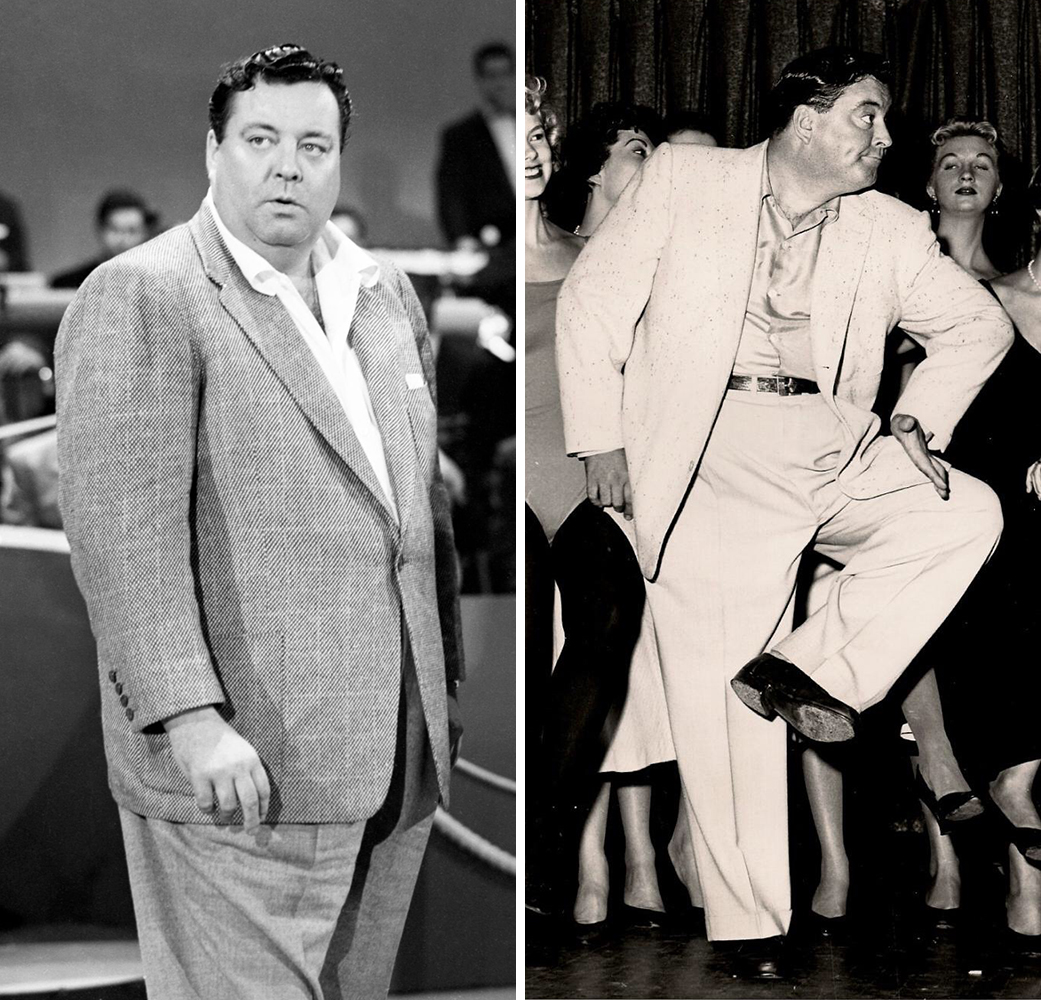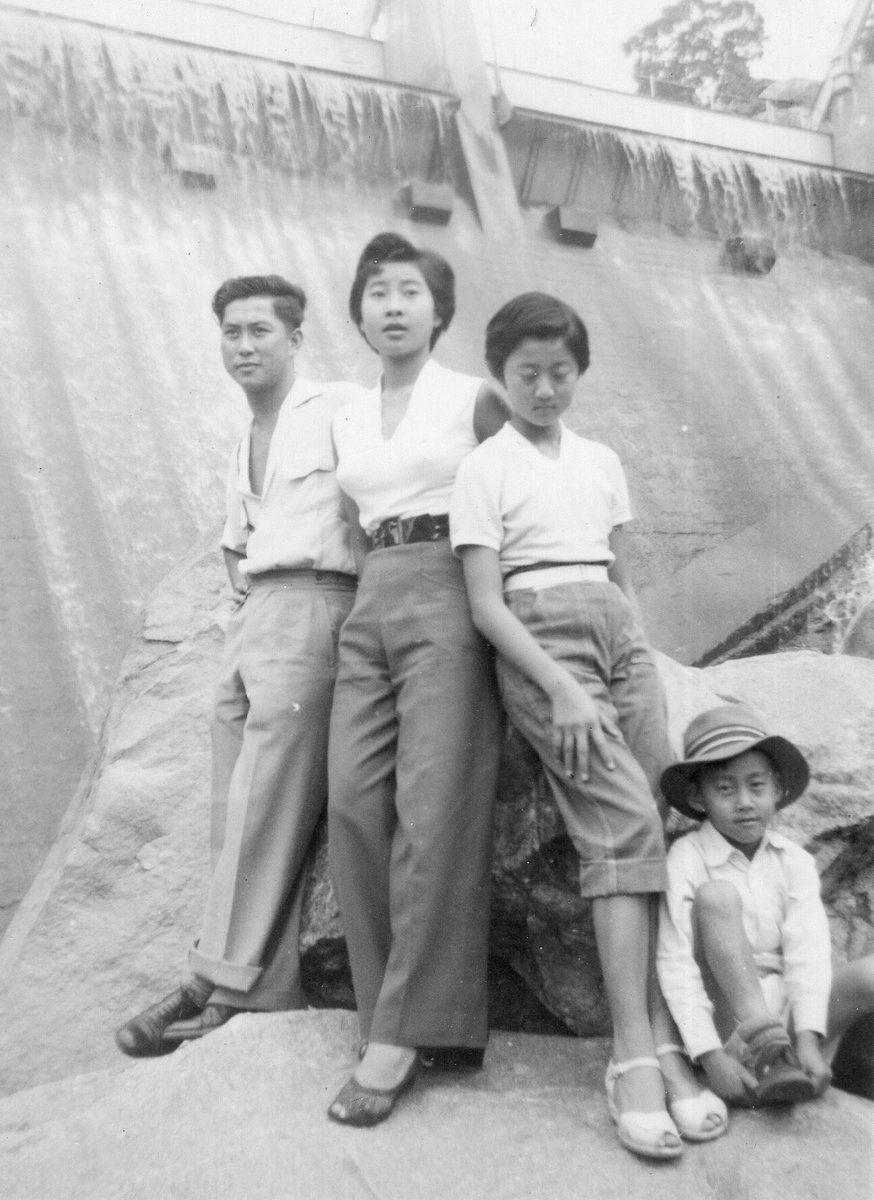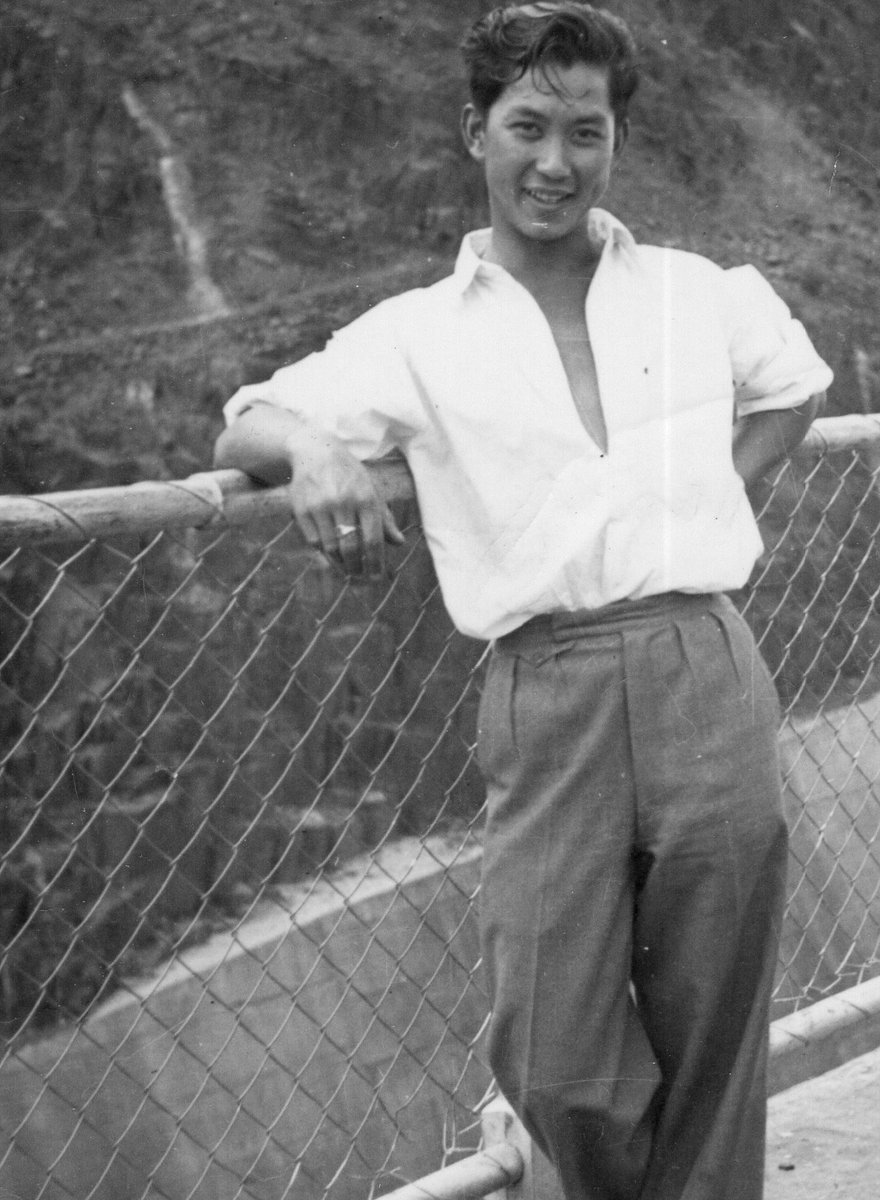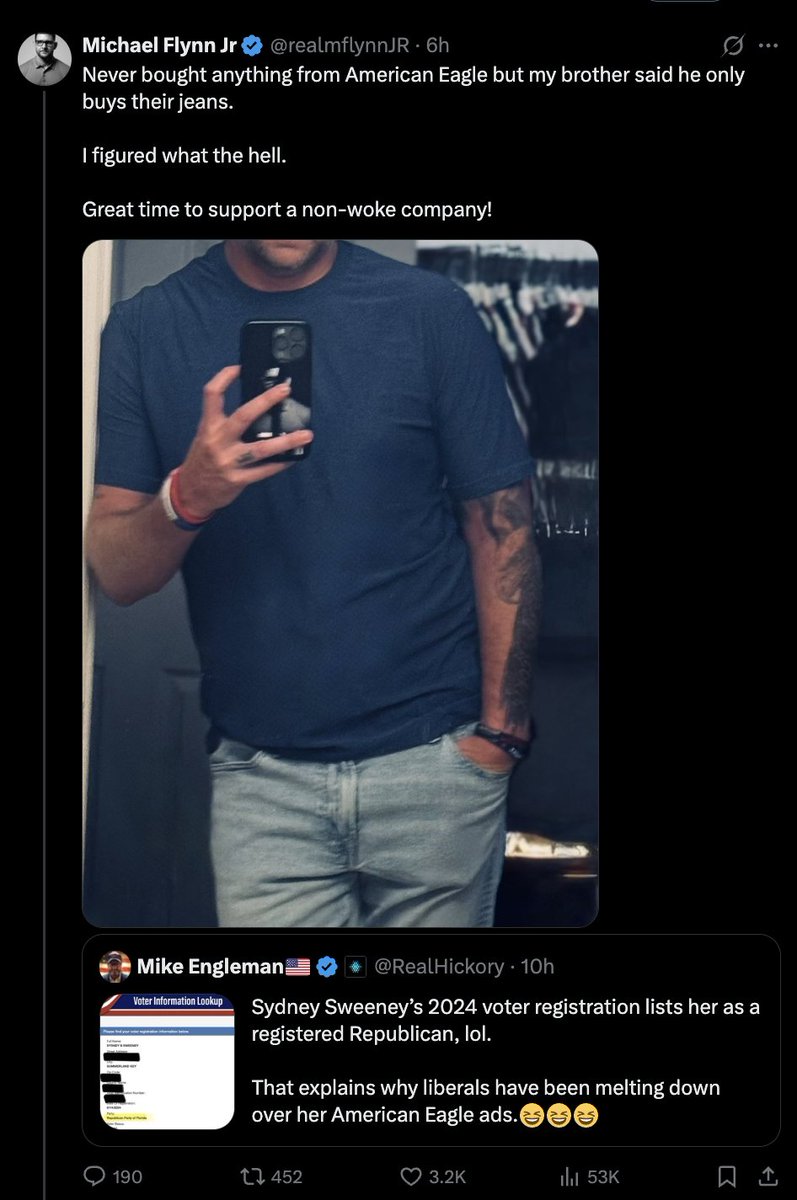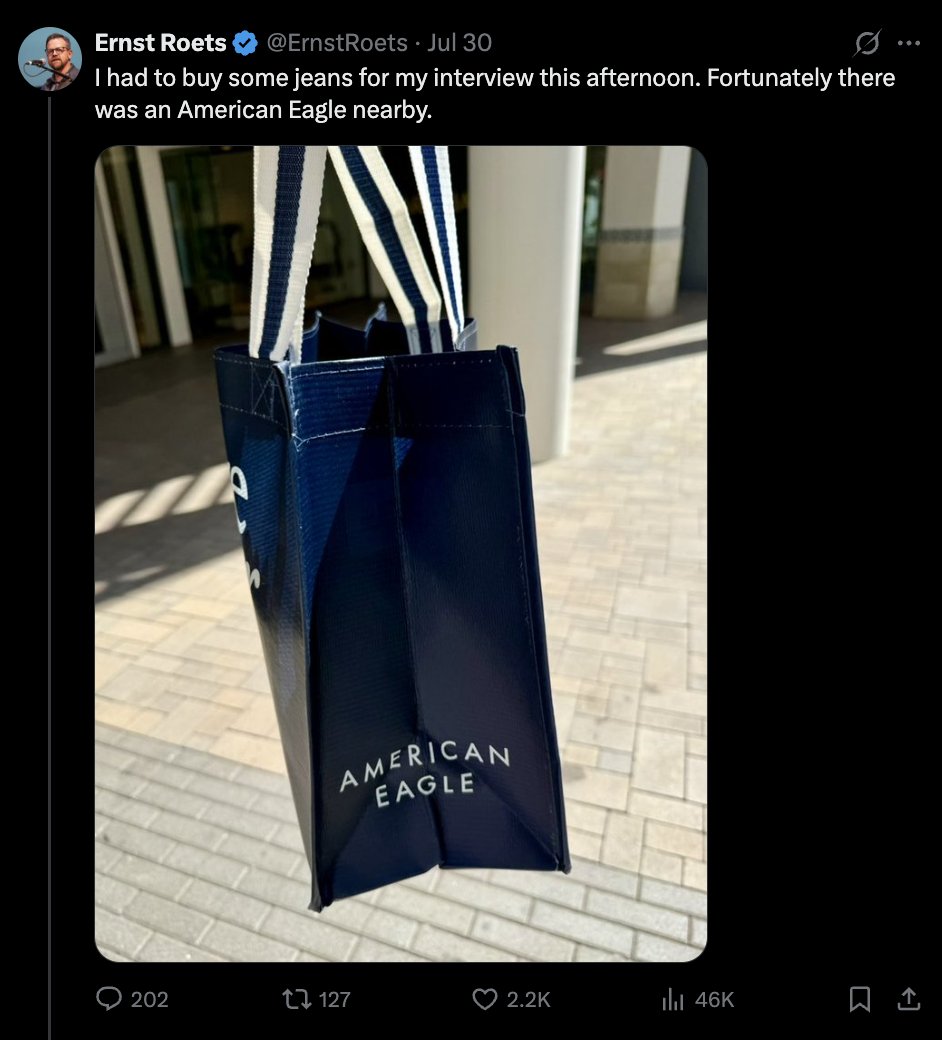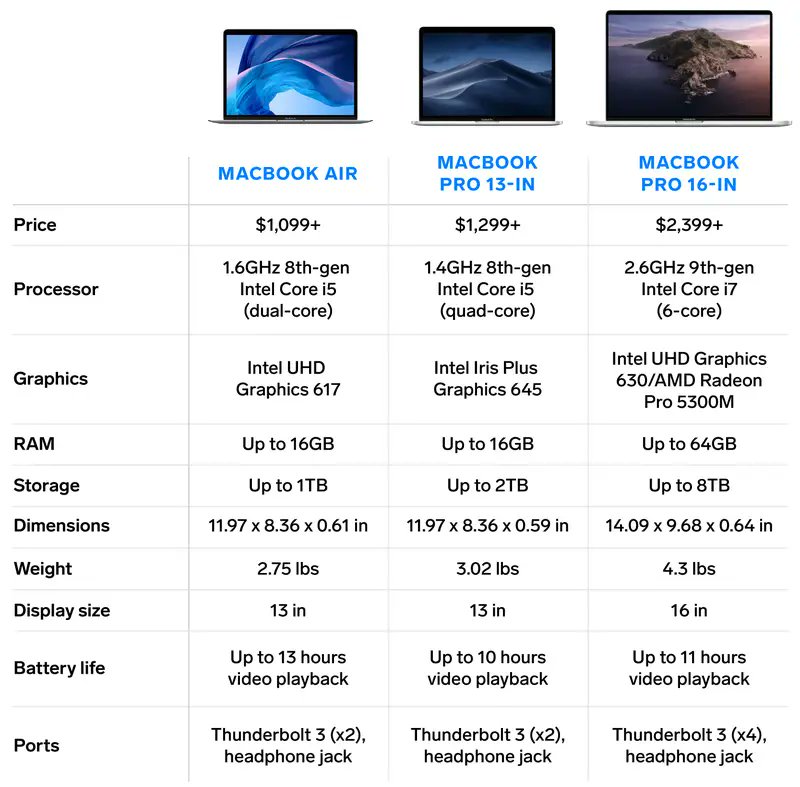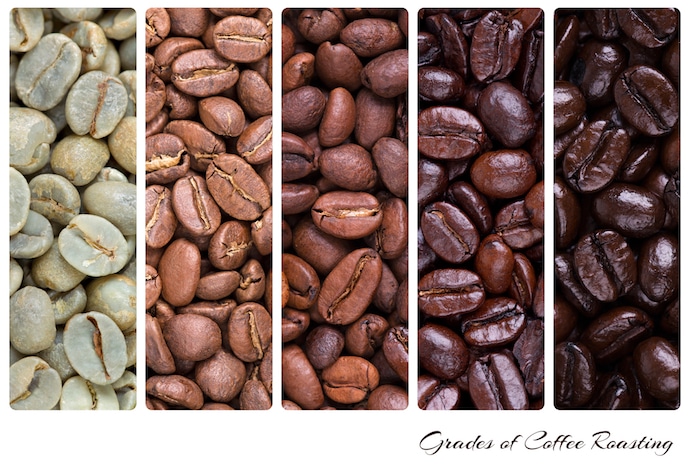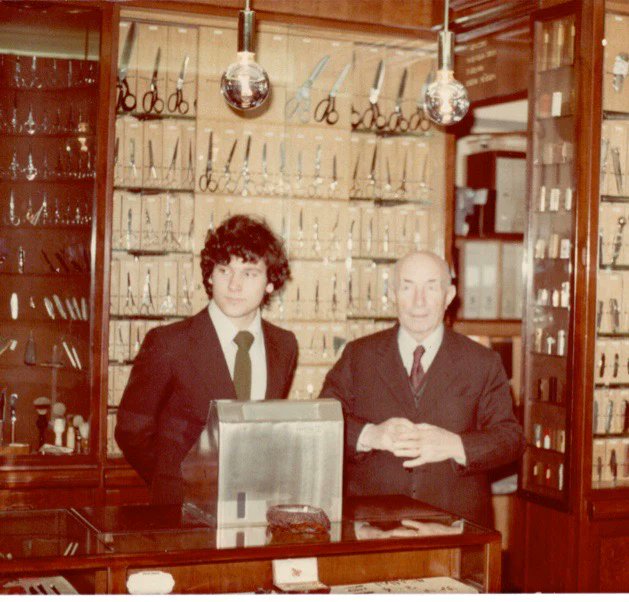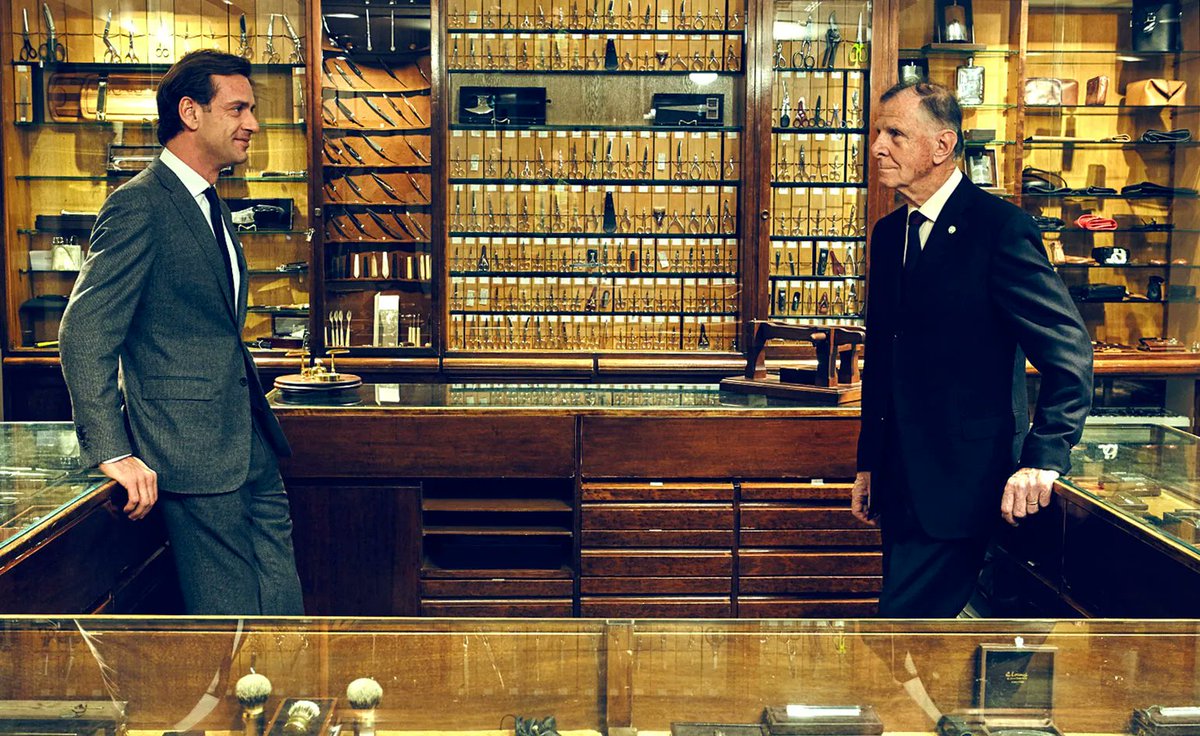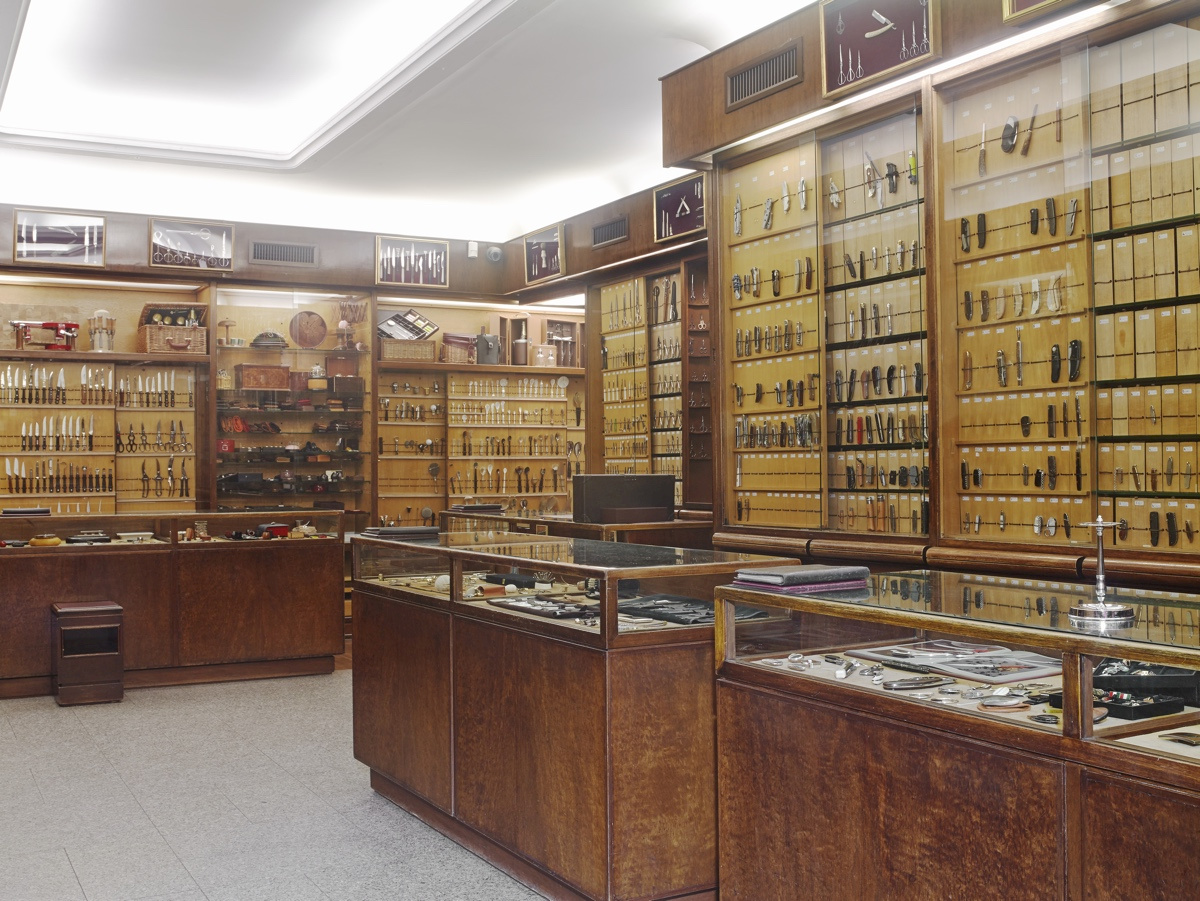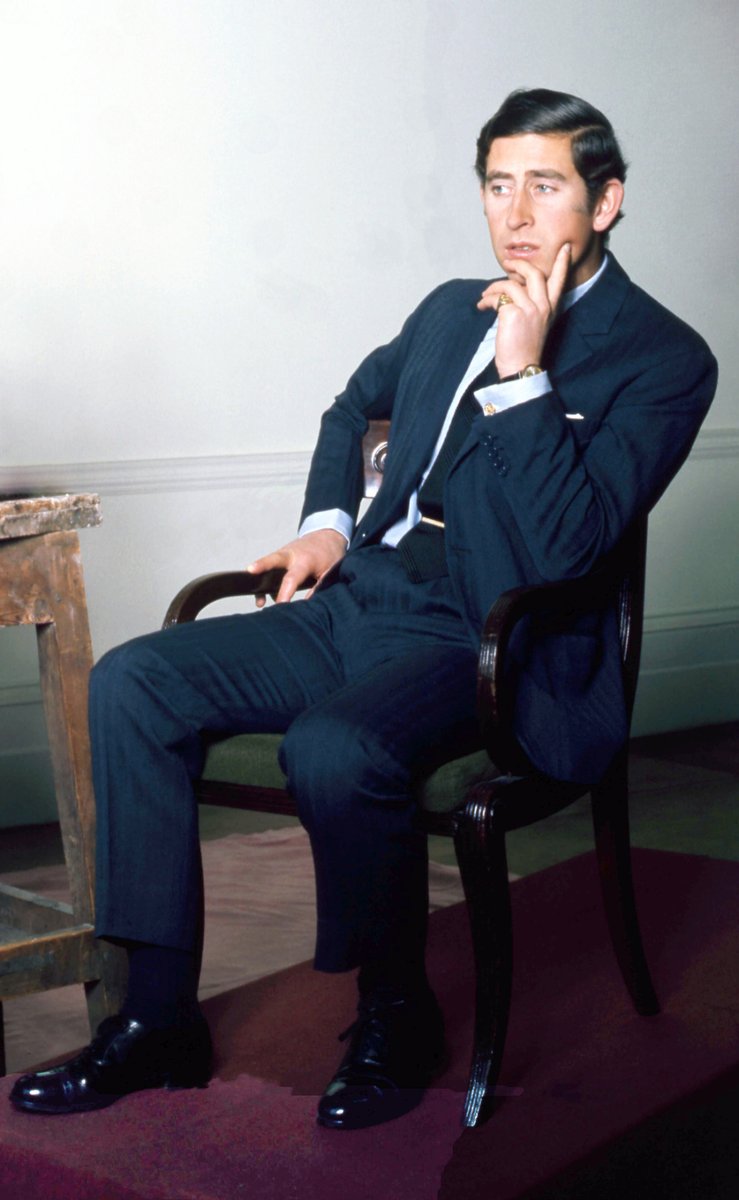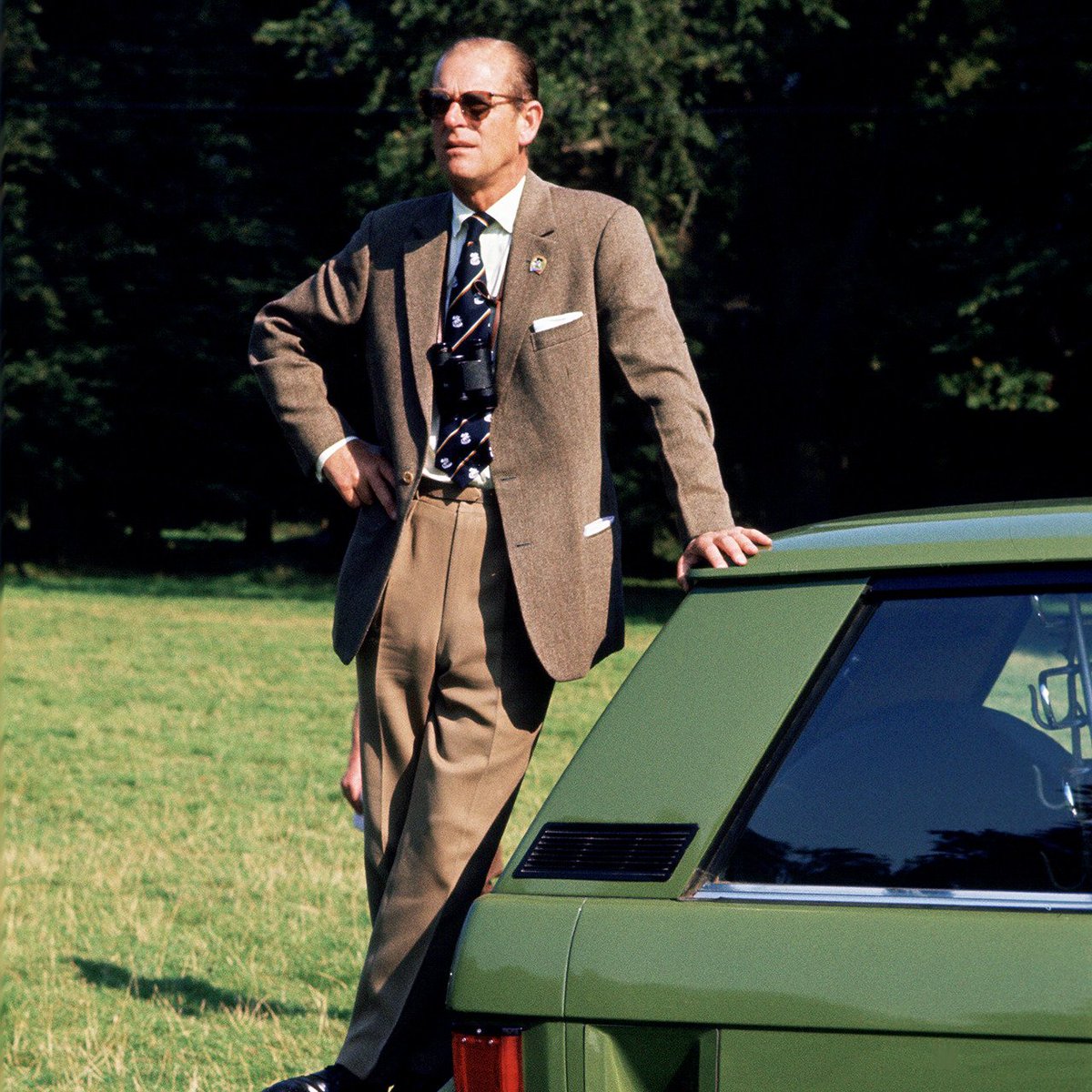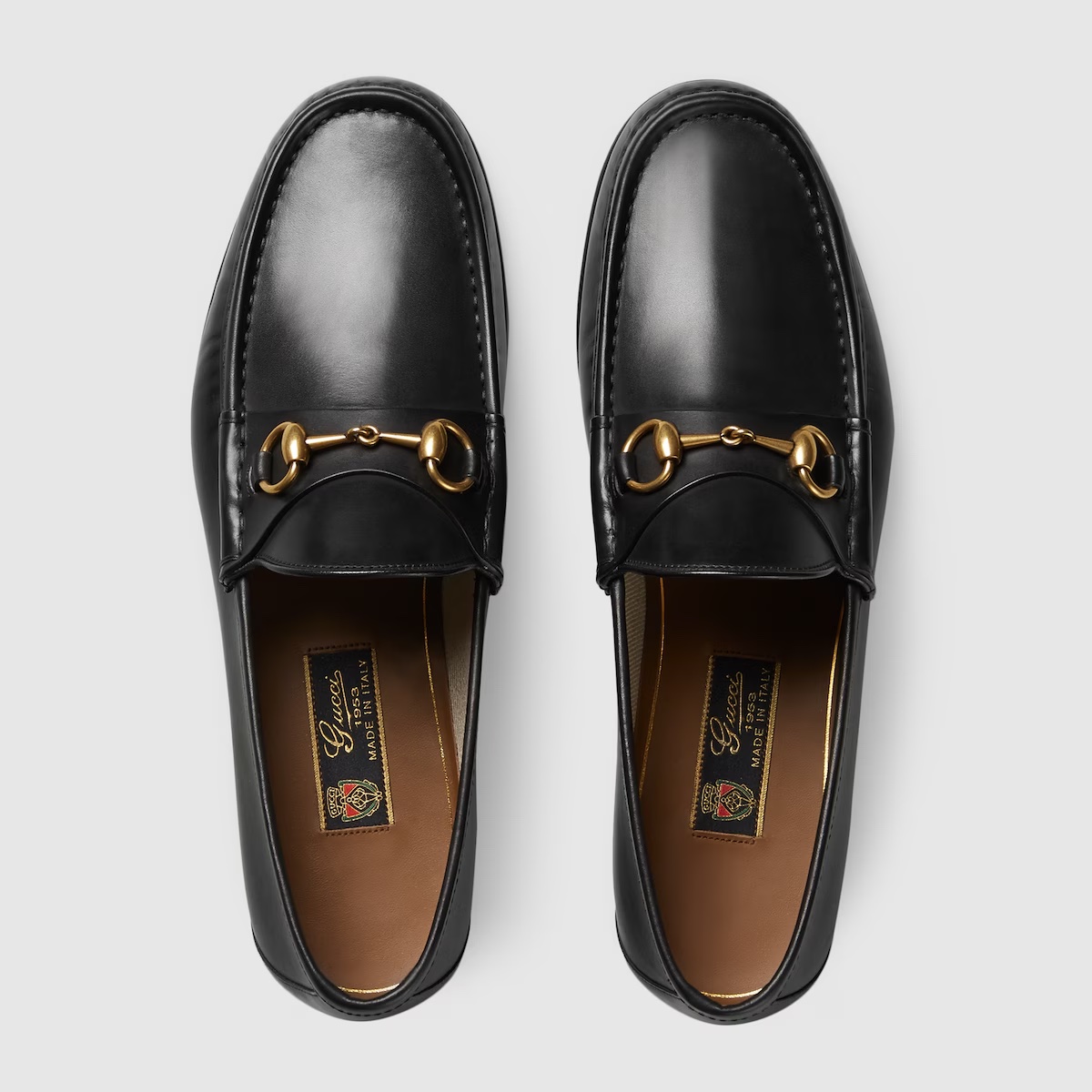I wrote earlier that this advice is bad and these outfits don't work. some ppl asked what would be my version. I don't think there's any easily distillable advice that works for everyone. your wardrobe should fit your lifestyle, environment, personality, etc 🧵
https://twitter.com/dinaIsback/status/1668901172839690241
most men need a solid navy or grey wool suit for things such as weddings, funerals, court appearances, big meetings, religious services, etc. these events can come up unexpectedly, which is why if you don't have this type of suit, you should shop for one now. 



but after that, there's no second or third choice that works for everyone. a good choice takes into account your needs, lifestyle, climate, personality, etc. if you work in a corporate environment that requires suits, you should get at least four more dark business suits 

if you live in an area where it gets very hot, either for part of the year or the entire year, get these in tropical wool, which is an open-weave wool that allows your skin to breathe. (this suit is brown. for business settings, you will need navy or grey). 


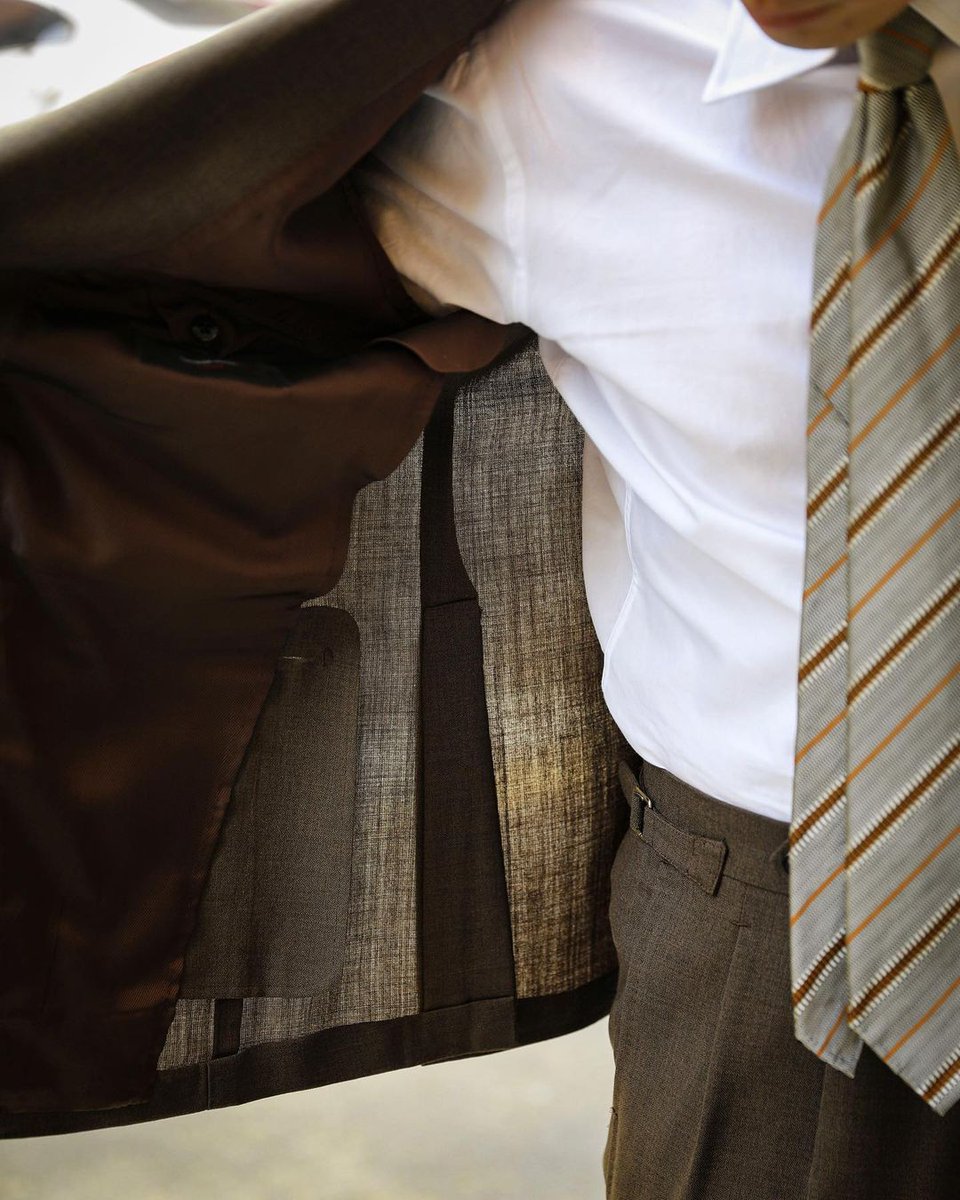
conversely, if you need something for cold weather, get something like woolen flannel
get these suits in a mix of colors (medium grey, dark grey, navy) and patterns (solid, semi-solid) so you have options while easily mixing and matching with shirts, shoes, ties, etc
get these suits in a mix of colors (medium grey, dark grey, navy) and patterns (solid, semi-solid) so you have options while easily mixing and matching with shirts, shoes, ties, etc

however, very few men nowadays need multiple suits for business. so your second and third suit requires you to ask: "how will i be using this garment?" "where will i be wearing it?" "when will i be wearing it? spring/summer? fall/winter? afternoon or evening?"
if you want a suit you can wear during the daytime in the summer months for things such as brunch with mom, going to the city and shopping, or other fun, casual activities, then get a tan, brown, or cream suit in linen or cotton 




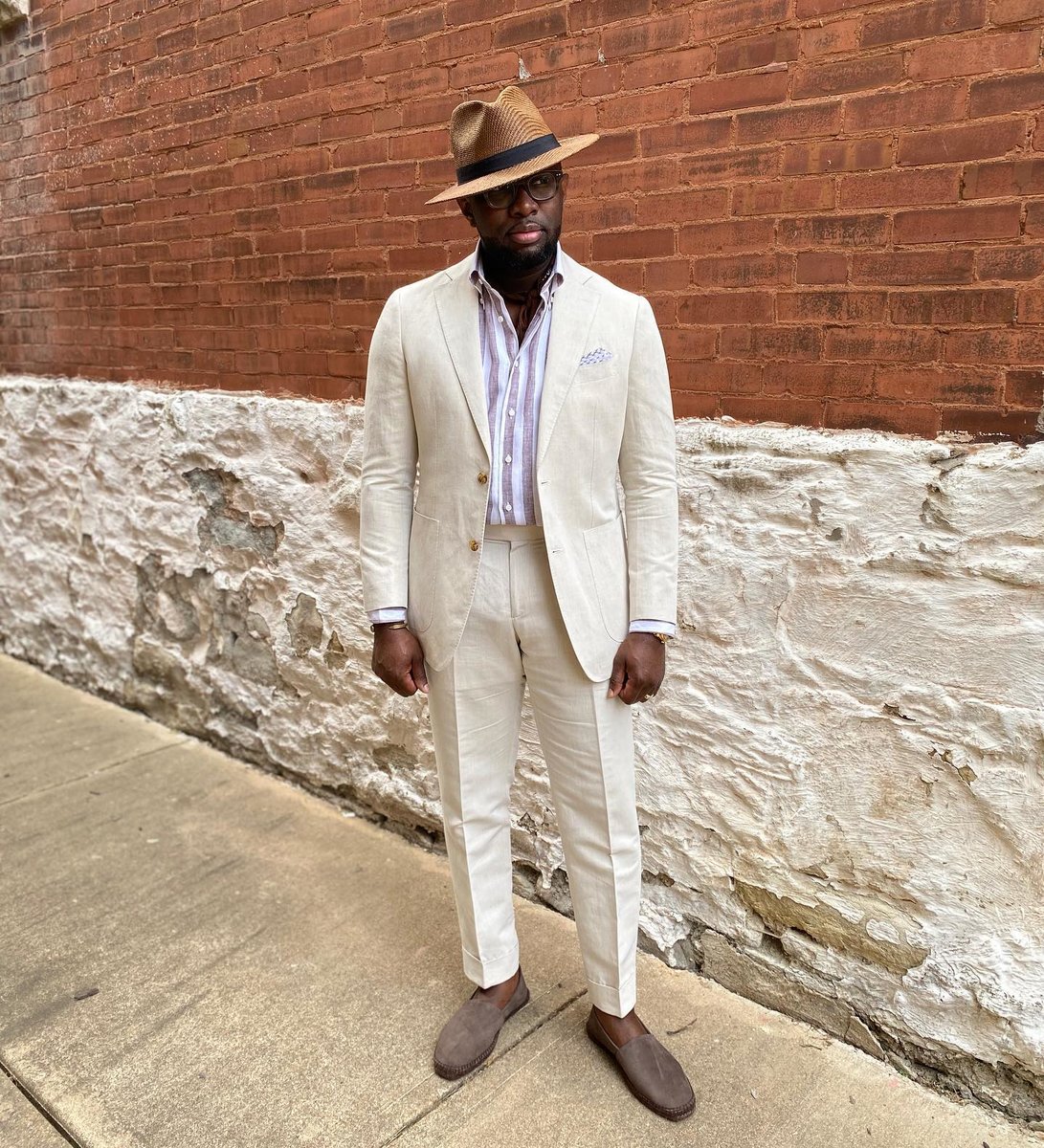


in the right cut and material, some of these linen or cotton suits can be broken into separates. which is to say, you can wear the suit jacket as a sport coat because it *convincingly passes* for a sport coat. doesn't just look like you're wearing an orphaned suit jacket 
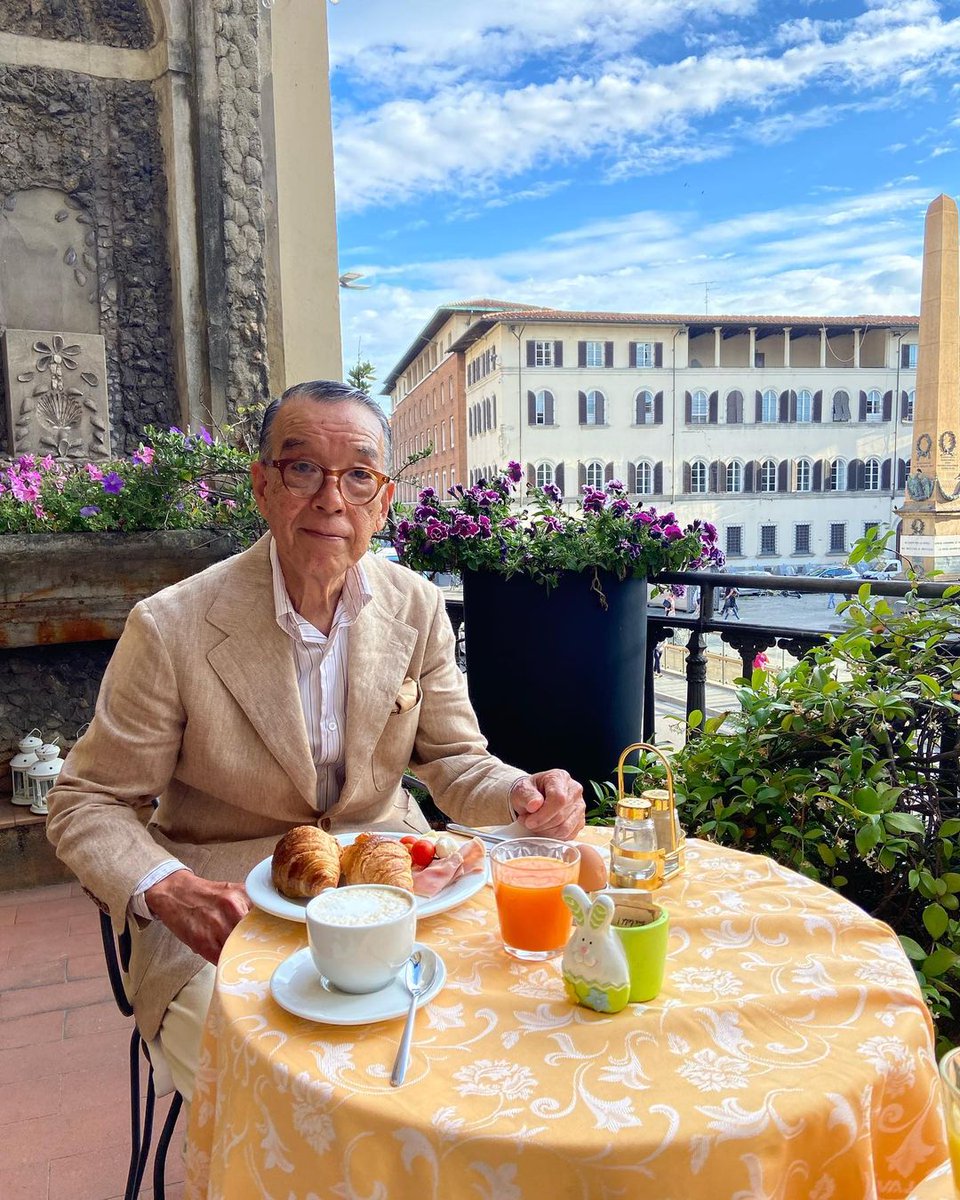
cotton and linen hold wrinkles easily. sometimes that doesn't suit the wearer's personality, and they want something shaper. so maybe they get a worsted wool suit in a non-business color. or something like this sage wool-silk blend 



want something casual for fall/winter? get a thornproof tweed or corduroy suit. the corduroy suit can also be broken into separate because, again, the jacket now convincingly passes for a sport coat. doesn't look like you just lost your suit pants and now wearing the jacket. 



choosing the right fabric also requires an appreciation for the time of day. in the afternoon, you can wear light colors such as tan. but in the evening, dark suits look better because they fit the mood 

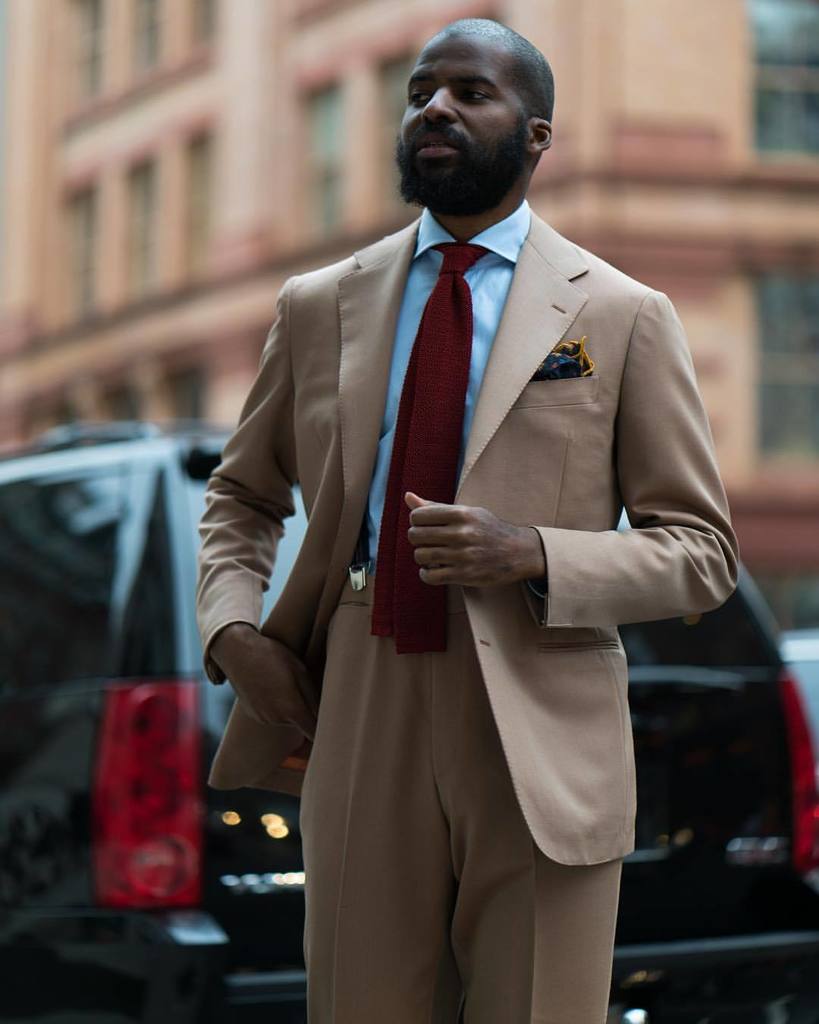

if you are going out to a nice restaurant in the evening, consider mohair, which has a subtle sheen that glimmers under dim lights. also works well for nighttime parties and rooftop bars. again, it's about taking your environment and use into consideration. 

a garment should also fit the person's personality. if a person is conservative in nature, then they should stick to conservative suits: brown wool for daytime; maybe navy mohair for evenings out. 

notice how the details on the above garment are traditional: single-breasted, notch lapel, three-roll-two closure. such details add to the suit's semiotic meaning. they say "im shyy. im just a little fella." a suit is about more than color + fabric. also includes details.
if a person is more adventurous, then their garments should also reflect them. maybe they get a copper-colored mohair suit with a shawl collar for evening events. this requires the right person, lifestyle, and setting to pull off 

in the above example, the shawl collar is a unique lapel style. the one-button closure also makes the suit more formal, adding to the elegance for evening activities. shawl collar + one button would be wrong on a business suit. you have to consider the details.
don't go into this trying to maximize the number of possible combinations like some combinatorics problem. think about what fits your lifestyle, use cases, setting, personality, etc. there is no easily distillable advice that fits into a tiktok. requires thought and consideration 

reasonably, most ppl will feel this is too much to learn. but you don't need to learn all this stuff. find trusted clothiers and tailors who can advise you on which types of garments suit your needs. do not buy five cheap suits online bc of a steve harvey tiktok that went viral 


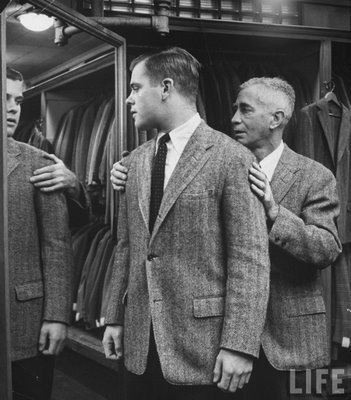
• • •
Missing some Tweet in this thread? You can try to
force a refresh






